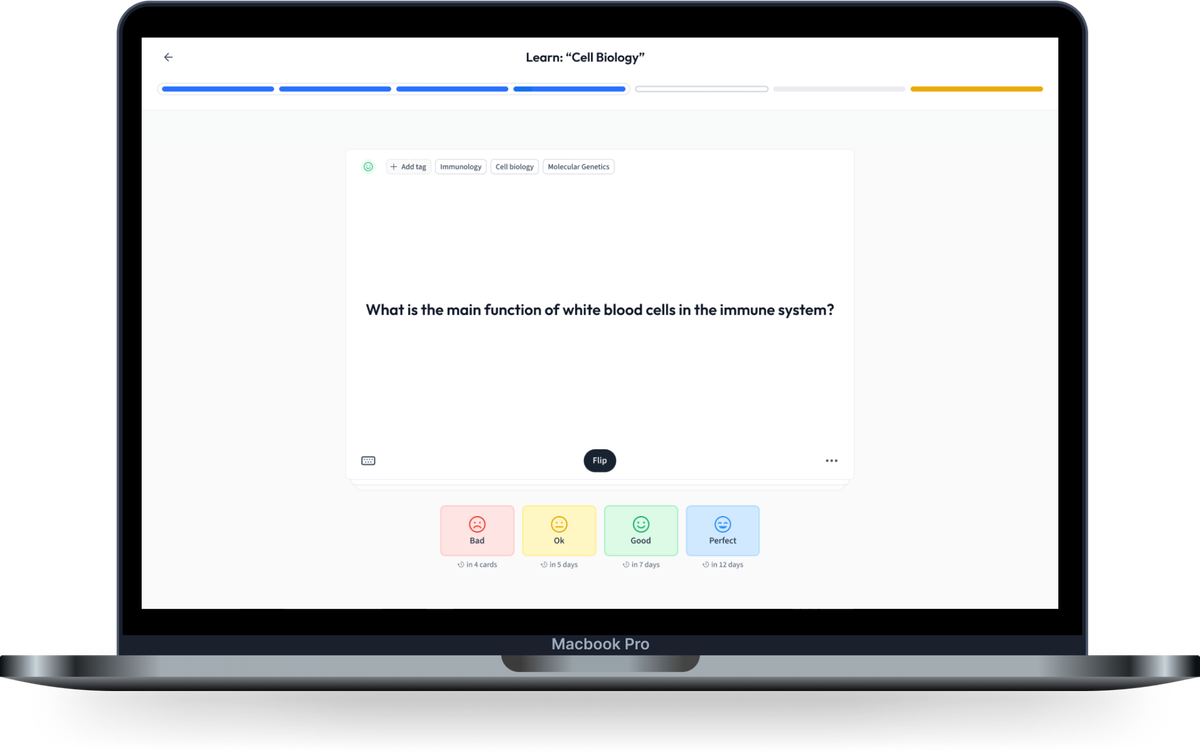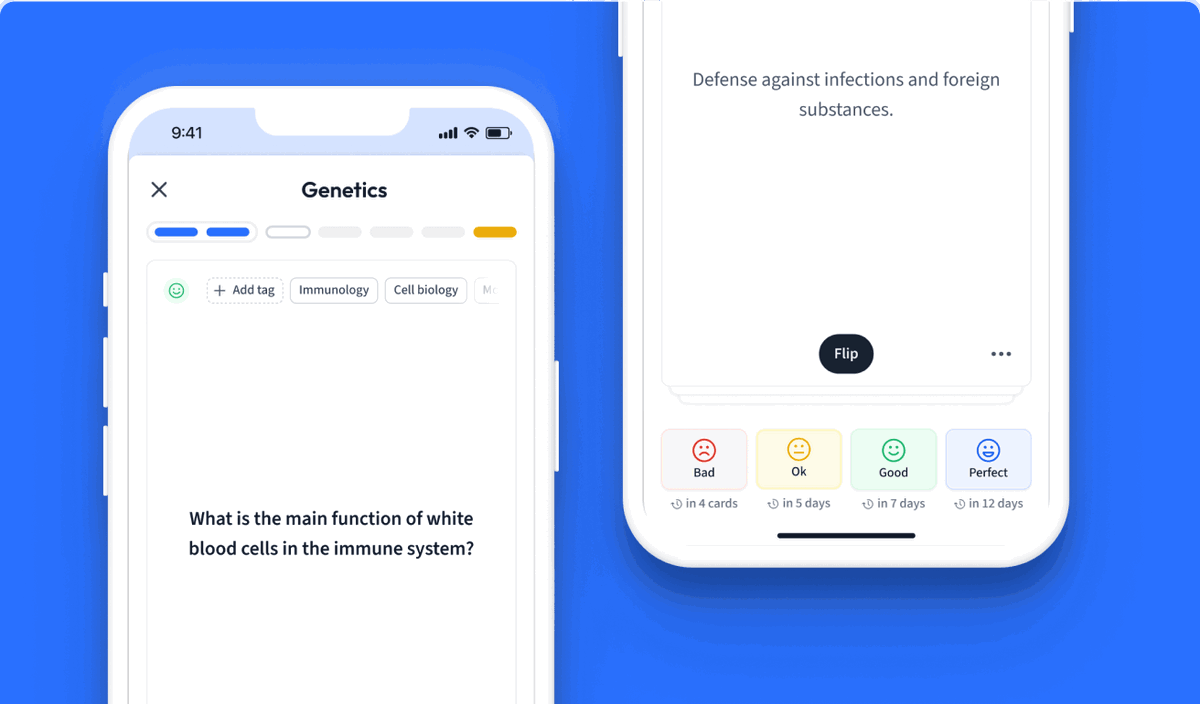The ozone layer prevents a large proportion of this harmful UV radiation from reaching the Earth’s surface and damaging plant and animal life. In fact, it successfully blocks between 97 and 99 percent of the medium frequency UV radiation from the sun, which ranges from 200 nm to 315 nm in wavelength. The ozone layer gets its name from its containing a higher proportion of ozone particles, , than elsewhere in the atmosphere. However, this number is still only about 10 parts per million.

What is ozone depletion?
Every spring, the ozone layer above the Antarctic thins dramatically. This thinning is termed ozone depletion and is caused by the rapid breakdown of ozone particles in the stratosphere. Although the ozone layer naturally fluctuates in size and thickness, human activity has been responsible for its substantial decline in the twentieth century.
How is ozone created and destroyed?
When an oxygen molecule is hit by UV light, it splits into two molecules through a process called homolytic fission.
Homolytic fission is a type of bond breaking, where a molecule splits in two and each of the fragments keeps one of the electrons from the original bonded pair. It is also known as hemolysis.
These molecules are both free radicals.
A free radical is an atom or group of atoms with an unpaired electron. They are extremely reactive and tend to have short lifespans, simply because they react so quickly with other species.
One of these free radicals then reacts with another oxygen molecule, forming ozone,. The equations are given below:

Ozone can also be destroyed naturally by UV light. The above reaction reverses, breaking ozone back down into an oxygen molecule and an oxygen free radical:

The ozone layer has a natural equilibrium, meaning that ozone particles are continuously being created and destroyed at equal rates. However, human activity disrupts the equilibrium, depleting stratospheric ozone levels faster than they can be replaced.
How do CFCs cause ozone depletion?
Chlorofluorocarbons (CFCs) are halogenoalkanes containing only carbon, chlorine, and fluorine atoms.
An example of a CFC is trichlorofluoromethane, :

The American engineer Thomas Midgley introduced CFCs in the 1930s. They quickly became popular as components of refrigerators, aerosols, and as solvents for dry cleaning, and were praised for their low toxicity, flammability, and reactivity. As we started using more and more CFCs in a wide range of products, they inevitably escaped into the environment and CFC atmospheric levels rose. This became a problem. Because they are so unreactive, CFCs can travel through the atmosphere for years without breaking down, and eventually reach the stratosphere. There they are split by UV light to form chlorine free radicals, also by homolytic fission.
How do chlorine radicals cause ozone depletion?
Like all radicals, chlorine free radicals are extremely reactive. They react with ozone particles in the stratosphere, breaking them down into oxygen molecules. The equations are shown below:

This reaction regenerates the chlorine free radical so the process can continue. It is an example of a chain reaction.
Chain reactions are a type of chemical reaction. One of their products or byproducts causes an additional reaction to take place, creating an ongoing series of reactions.
How does human activity cause ozone depletion?
Throughout the twentieth century, humans used, and disposed of, a lot of fridges, aerosols, and other products containing CFCs. This increased the concentration of CFCs in the ozone layer, and therefore there was a high rate of chlorine radical production. These radicals broke the ozone in the ozone layer down rapidly, until the rate of depletion became too high for the natural equilibrium to balance out. Ozone particle levels decreased, especially over the south pole, forming areas of thin coverage that were ineffective at stopping harmful UV radiation reaching the Earth’s surface. This UV radiation poses a great risk to the health of both humans and planet Earth. For example, UV light can:
- Cause DNA damage and mutation, leading to deadly cancers.
- Cause cataracts and skin burn in humans and other animals.
- Damage phytoplankton.
- Hinder photosynthesis in plants.
Alternatives to CFCs
A global agreement called the Montreal Protocol banned CFCs in many countries in the mid-1990s, and alternatives have since been developed. These include hydrochlorofluorocarbons (HCFCs) and hydrofluorocarbons (HFCs).

HCFCs are less stable than CFCs and so release their chlorine atoms lower down in the atmosphere, where there is a lower proportion of ozone particles to be broken down. However, a significant proportion of HCFCs do still make it to the stratosphere. As such, HFCs may be a better alternative. They contain only fluorine, hydrogen, and carbon atoms, and have no chlorine present to be turned into free radicals. However, they are potent greenhouse gases, and so are harmful to the Earth in another equally worrying way - through contributing to climate change.
Ozone Depletion - Key takeaways
- The ozone layer is a layer of the stratosphere that absorbs most of the UV radiation from the sun. It contains a higher proportion of ozone particles than elsewhere in the atmosphere.
- Ozone particles are continuously created and destroyed in a natural equilibrium.
- Chlorofluorocarbons are molecules containing only chlorine, fluorine, and carbon, and are responsible for creating holes in the ozone layer. They do this by breaking down ozone molecules faster than they can be restored by the Earth’s equilibrium.


Learn with 11 Ozone Depletion flashcards in the free StudySmarter app
We have 14,000 flashcards about Dynamic Landscapes.
Already have an account? Log in
Frequently Asked Questions about Ozone Depletion
How do CFCs deplete the ozone layer?
CFCs deplete the ozone layer by breaking down ozone particles into oxygen molecules.
How is the ozone layer becoming depleted?
The ozone layer is becoming depleted through our use of products containing lots of CFCs, such as fridges and aerosols. These escape into the atmosphere and break down ozone particles as described above.
What are the effects of ozone depletion?
Ozone depletion causes holes in the ozone layer. This allows more UV light from the sun to reach the Earth’s surface. UV light can cause DNA damage and mutation, leading to deadly cancers, as well as causing cataracts and skin burn in both humans and other animals. It also damages phytoplankton and hinders photosynthesis in plants.


About StudySmarter
StudySmarter is a globally recognized educational technology company, offering a holistic learning platform designed for students of all ages and educational levels. Our platform provides learning support for a wide range of subjects, including STEM, Social Sciences, and Languages and also helps students to successfully master various tests and exams worldwide, such as GCSE, A Level, SAT, ACT, Abitur, and more. We offer an extensive library of learning materials, including interactive flashcards, comprehensive textbook solutions, and detailed explanations. The cutting-edge technology and tools we provide help students create their own learning materials. StudySmarter’s content is not only expert-verified but also regularly updated to ensure accuracy and relevance.
Learn more



